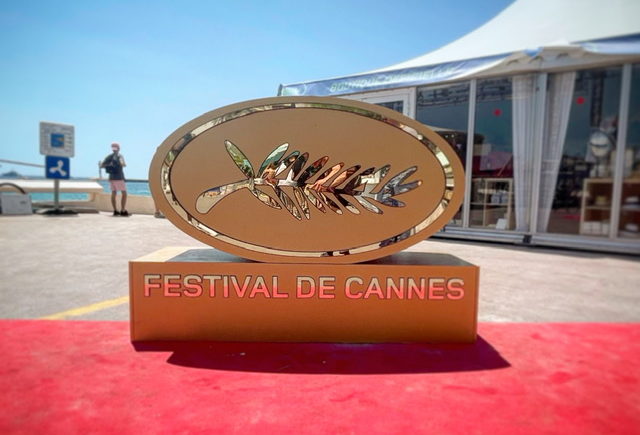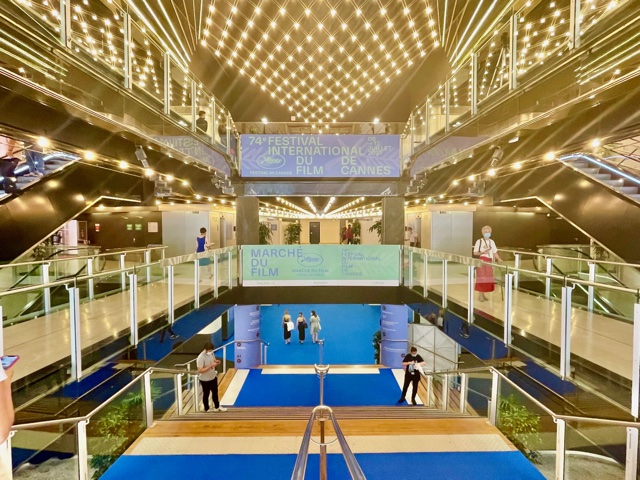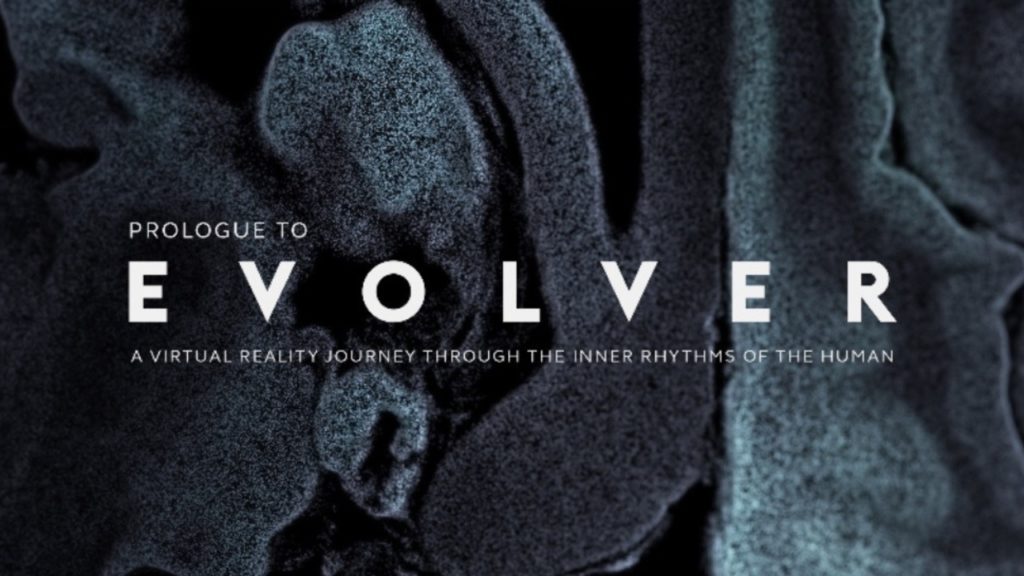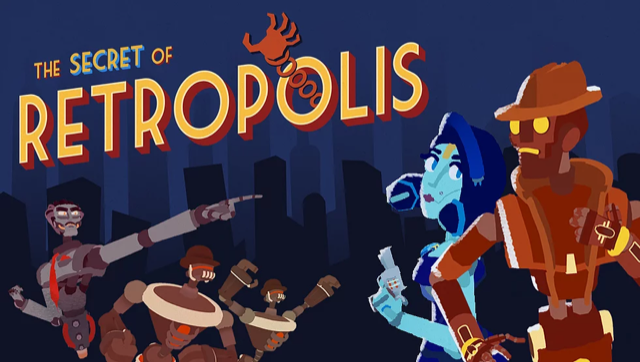Arriving in Cannes for the film festival is a remarkable experience.
Everything you’ve been told about it is true, immaculately dressed people, palm trees, yachts…
The French, as you may or may not know, do festivals very well. But I wasn’t here to see Adam Driver standing on some steps, strobe-lit by paparazzi, or Matt Damon explaining that the production of his recent film was “a journey”. I was here for XR. The catch-all term for VR, MR, AR, the medium that everyone agrees will completely change how we socialize, how learn, how we tell stories. It could even affect our very consciousness.
It’s a medium that means different things to different people. To gamers, it’s a new console. To illustrators, it’s a new paintbrush. To filmmakers, it’s the evolution of their beloved cinema. It’s also a medium in its infancy, and like most infants, it won’t sit still, is frequently annoying, and is occasionally capable of unexpected and mesmerizing things.
The birth of any new medium is always an exciting and confusing time, and walking around Cannes, it’s easy to forget that cinema was once (just as XR is now) a dangerously strange emerging medium, desperate to define itself, set to change the world forever.
Cinema’s grip on the last century was not just because of talented directors and artists. It was also thanks to a complex infrastructure of studio systems, cinema networks, and institutions such as Cannes; an ecosystem that XR is keen to reproduce.
Two stunning VR pieces at Cannes XR perfectly captured the current state of XR, offering a 360-degree window into what could very well be a Digital New Wave, “La Nouvelle Vague Numerique”.
While Evolver (Prologue) was being created by some of the biggest names in XR—teaming up with Hollywood titans and soundtracked by a Radiohead guitarist—Retropolis was being finished by two brothers and their best friend in a bunker in Tel Aviv as bombs fell overhead. Despite the differences between the two pieces, there are shared themes between the two, of looking forward as well as backward, of our ideas of what the future might be (we’ll be providing a more in-depth review of Retropolis soon).
There is something almost postmodern about the two experiences; they are self-aware, playing with the idea of what a VR experience actually is. They are as much about looking back at classic films and games as they are about looking forward to what this medium could become. They draw on a rich history of storytelling, keen students of the great masters, building as much on what has come before as they are defying convention.
Look past the yachts, paparazzi, and movie deals, and you will find that the soul of this festival has always been about challenging convention, embracing new technologies, and above all celebrating new artists as well as old. It is hardcoded into the festival’s DNA, from its inception—a reaction to Hitler and Mussolini’s hostile takeover of the Venice Film Festival—to its role in one of the most profound shifts in the evolution in cinema (the French Nouvelle Vague).
From that perspective, the festival is exactly where we might find XR’s first Godard or Tarantino. The place to give an exciting, dangerous, chaotic new medium the platform and audience it deserves. However, Cannes’ success (and its resilience) is rooted in a delicate balancing act between art and commerce, its approach to the actual business of entertainment.
I asked Guillaume Brunet from Orange, who funded and developed Evolver, about the role that large companies and businesses must play in the evolution of a new medium:
“Balance is incredibly important. A balance between the artists, their vision, and an economic model that works for them without compromising the piece. With the right infrastructure, these works act as a precursor for the next project, paving the way for a new generation of creators to evolve XR as a whole”
Evolver and Retropolis prove that Cannes is able to live up to its reputation; to shock, surprise, and guide an artform forwards. Just as the French New Wave rebuilt our idea of what storytelling could be, these new pieces are a bold step towards a new era.
The two pieces I saw at Cannes XR reminded me what makes this new medium so exciting, so special. It also proved that Cannes is not only still relevant, but a vital part of an emerging ecosystem. It’s supporting artists on both ends of the funding spectrum— nudging the titans of the established film industry towards the unknown while plucking talent from obscurity and presenting them to the world.
What shape will this artform take? What will XR’s story arc look like? Perhaps it’s too early to say, but it’s going to be a fascinating story, one authored by everyone from industry giants like Pressman films and Orange to three-person indie outfits hacking away in a Tel Aviv bunker.
This year’s Cannes XR 2021 is a brave and confident step towards an unknown future, and like Retropolis, it is as much about looking forward as it is about looking back—building on what we know, to show us what might happen tomorrow.
Feature Image Credit: Roman Rappak
The post I Went To Cannes XR And Saw The Future (And The Past) appeared first on VRScout.







